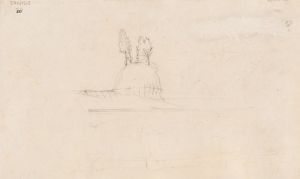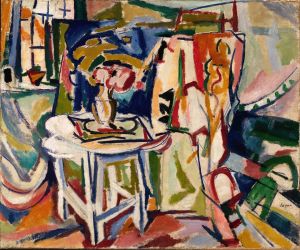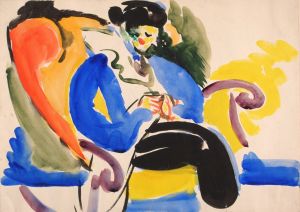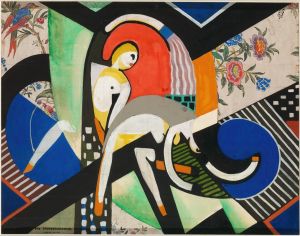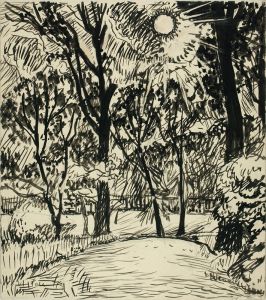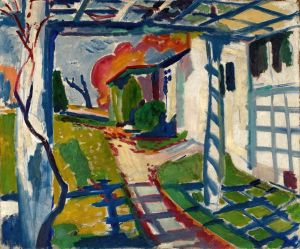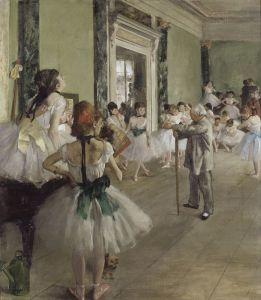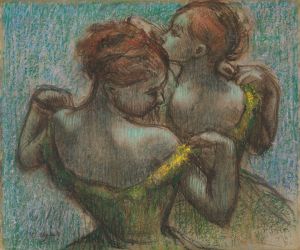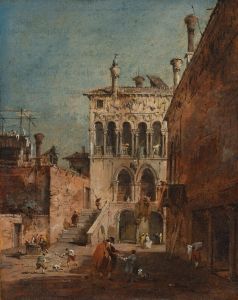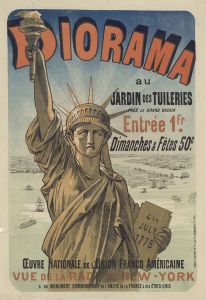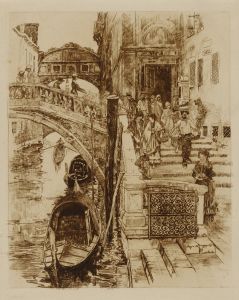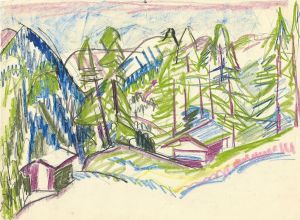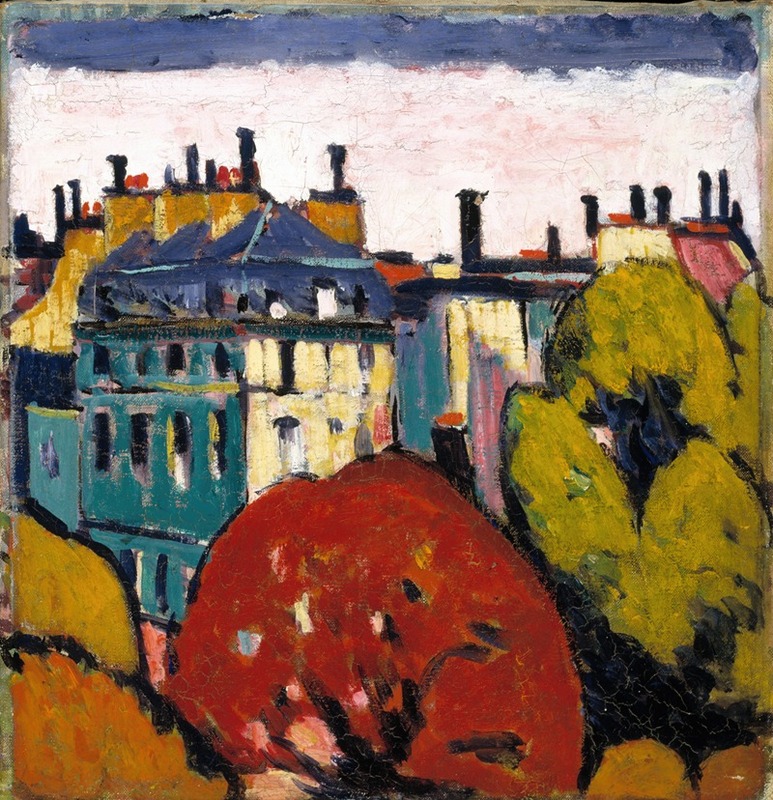
Landscape, Paris
A hand-painted replica of Henry Lyman Saÿen’s masterpiece Landscape, Paris, meticulously crafted by professional artists to capture the true essence of the original. Each piece is created with museum-quality canvas and rare mineral pigments, carefully painted by experienced artists with delicate brushstrokes and rich, layered colors to perfectly recreate the texture of the original artwork. Unlike machine-printed reproductions, this hand-painted version brings the painting to life, infused with the artist’s emotions and skill in every stroke. Whether for personal collection or home decoration, it instantly elevates the artistic atmosphere of any space.
Henry Lyman Saÿen was an American artist known for his contributions to the early 20th-century art scene. Born in 1875, Saÿen was not only a painter but also an inventor and a scientist, which gave him a unique perspective in his artistic endeavors. He studied at the University of Pennsylvania and later at the Pennsylvania Academy of the Fine Arts, where he honed his skills in painting. Saÿen's work is often associated with the Post-Impressionist movement, characterized by bold colors and expressive brushwork.
"Landscape, Paris" is one of Saÿen's notable works, reflecting his experiences and artistic evolution during his time in Europe. Saÿen moved to Paris in the early 1900s, a period when the city was a vibrant hub for artists and intellectuals. This environment profoundly influenced his work, as he was exposed to the avant-garde movements that were reshaping the art world. In Paris, Saÿen interacted with other artists and absorbed the innovative techniques and ideas that were prevalent at the time.
The painting "Landscape, Paris" captures the essence of the Parisian environment through Saÿen's unique lens. Although specific details about the painting's composition and style are limited, it is likely that Saÿen employed his characteristic use of color and form to convey the dynamic atmosphere of the city. His work often reflects a blend of scientific precision and artistic expression, a testament to his diverse background and interests.
Saÿen's time in Paris was not only significant for his artistic development but also for his personal life. He married Ethel Pace, and the couple had a son named Henry. The family eventually returned to the United States, where Saÿen continued to paint and exhibit his work. Despite his relatively short life—he passed away in 1918—Saÿen left a lasting impact on the art world through his innovative approach and the unique perspective he brought to his paintings.
"Landscape, Paris" is a representation of Saÿen's ability to capture the spirit of a place through his art. His work remains a part of various collections, appreciated for its historical significance and artistic merit. Saÿen's contributions to art are a reflection of his multifaceted talents and his ability to bridge the worlds of science and art, making him a distinctive figure in the early 20th-century art scene.





